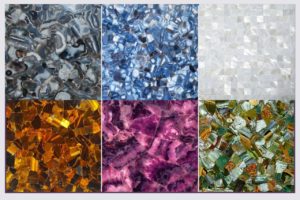Introduction
India’s journey as the top marble exporter in India began in ancient times, using marble for beautiful buildings and detailed sculptures. Over the years, the marble industry has grown a lot, making India a top player in the world market. Today, Indian marble is known for its quality and variety, and it is exported to countries all around the globe. With state-of-the-art technology and skilled craftsmen, India continues to lead in marble production and export, satisfying the needs of architects, builders, and designers worldwide.
The Growth of Marble Export
In recent decades, the demand for Indian marble has surged significantly, driven by its exceptional quality, diverse range, and competitive pricing. This growth can be attributed to various factors, including increased international trade and advancements in technology.
Importance of Marble in Indian Economy
The marble export industry plays a pivotal role in India’s economy, contributing substantially to foreign exchange earnings and employment generation. As the top marble exporter in India, it also fosters the development of ancillary industries and promotes cultural exchange on a global scale.

Overview of Top Marble Exporter in India
India’s marble industry boasts a rich heritage and a thriving present-day market. Understanding its historical evolution and current market dynamics is crucial for comprehending its global significance.
Historical Background
Marble has been an integral part of Indian architecture and artistry for millennia, with iconic structures like the Taj Mahal showcasing its timeless beauty. The legacy of marble craftsmanship continues to thrive, blending tradition with modern innovation.
Current Market Trends
In today’s global market, Indian marble enjoys widespread popularity due to its superior quality and aesthetic appeal. The industry has witnessed a shift towards sustainable practices and technological advancements to meet evolving consumer demands.
Key Players in the Marble Export Business
Several leading companies in India specialize in marble extraction, processing, and export. These entities leverage advanced techniques and infrastructure to maintain their competitive edge in the international market.
Factors Contributing to India’s Success as a Marble Exporter

India’s ascendancy as a premier marble exporter is underpinned by several inherent advantages and strategic initiatives.
Abundance of High-Quality Marble Reserves
India is blessed with vast reserves of premium-quality marble, found in regions like Rajasthan, Gujarat, and Madhya Pradesh. This abundance ensures a steady supply of raw material for the industry.
Skilled Artisans and Workforce
The Indian marble industry benefits from a pool of skilled artisans and craftsmen who possess centuries-old expertise in carving and sculpting marble into exquisite works of art.
Government Policies and Support
The Indian government has implemented various policies and initiatives to promote the marble export industry, including infrastructure development, export incentives, and skill enhancement programs.
Popular Marble Varieties Exported from India
India Marble, Ambaji Marble, Rajnagar Marble, and Kishangarh Marble.
Makrana Marble
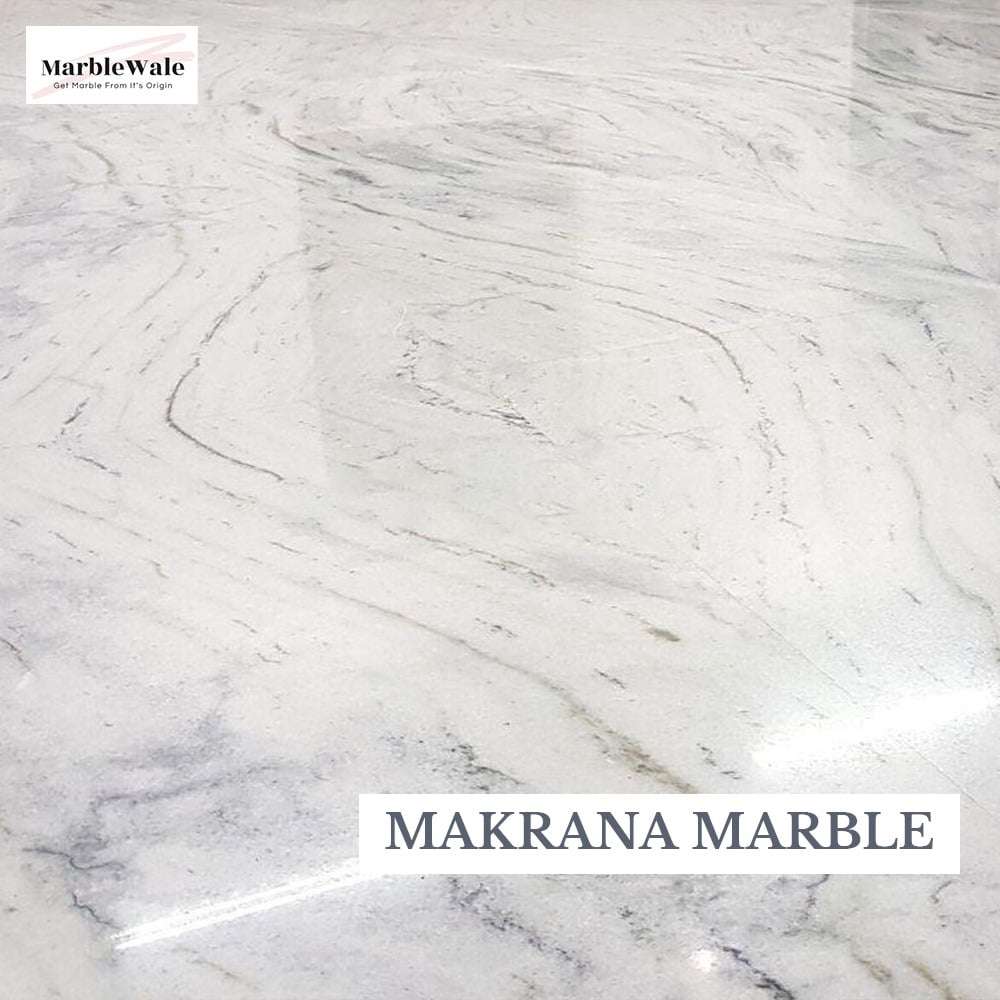
Offers a diverse range of marble varieties, each characterized by unique colors, patterns, and textures. Some of the most sought-after varieties include Makrana
Renowned for its pristine white color and luminous texture, Makrana Marble has adorned iconic monuments like the Taj Mahal and Victoria Memorial. It is highly prized for its purity and timeless elegance.
Ambaji Marble

Ambaji Marble, sourced from the Ambaji region in Gujarat, earns renown for its creamy white hue and subtle veining. Architects favor it for both interior and exterior applications, as it adds a touch of sophistication to architectural designs.
Rajnagar Marble
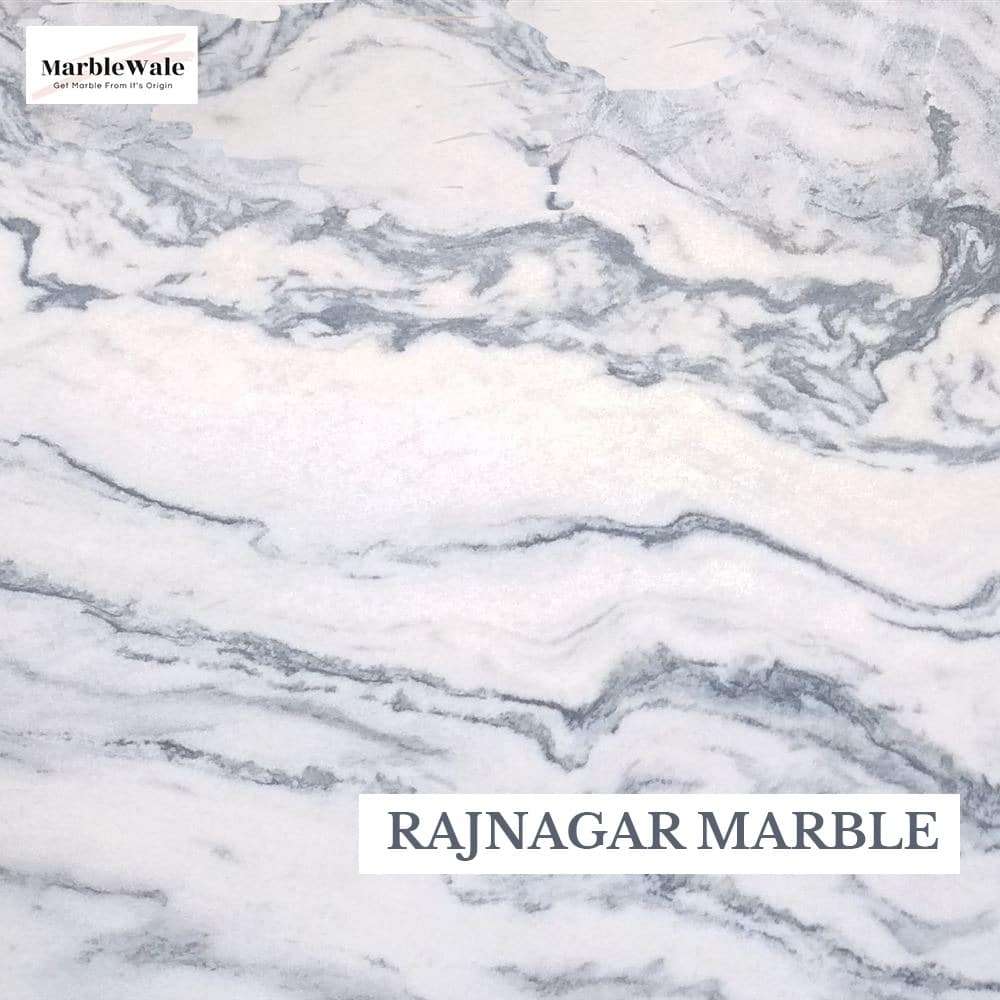
Rajnagar Marble, quarried from the hills of Rajasthan, is celebrated for its durability and exquisite finish. Its distinctively uniform texture and subtle variations in color make it a preferred choice for flooring, cladding, and sculptures.
Kishangarh Marble
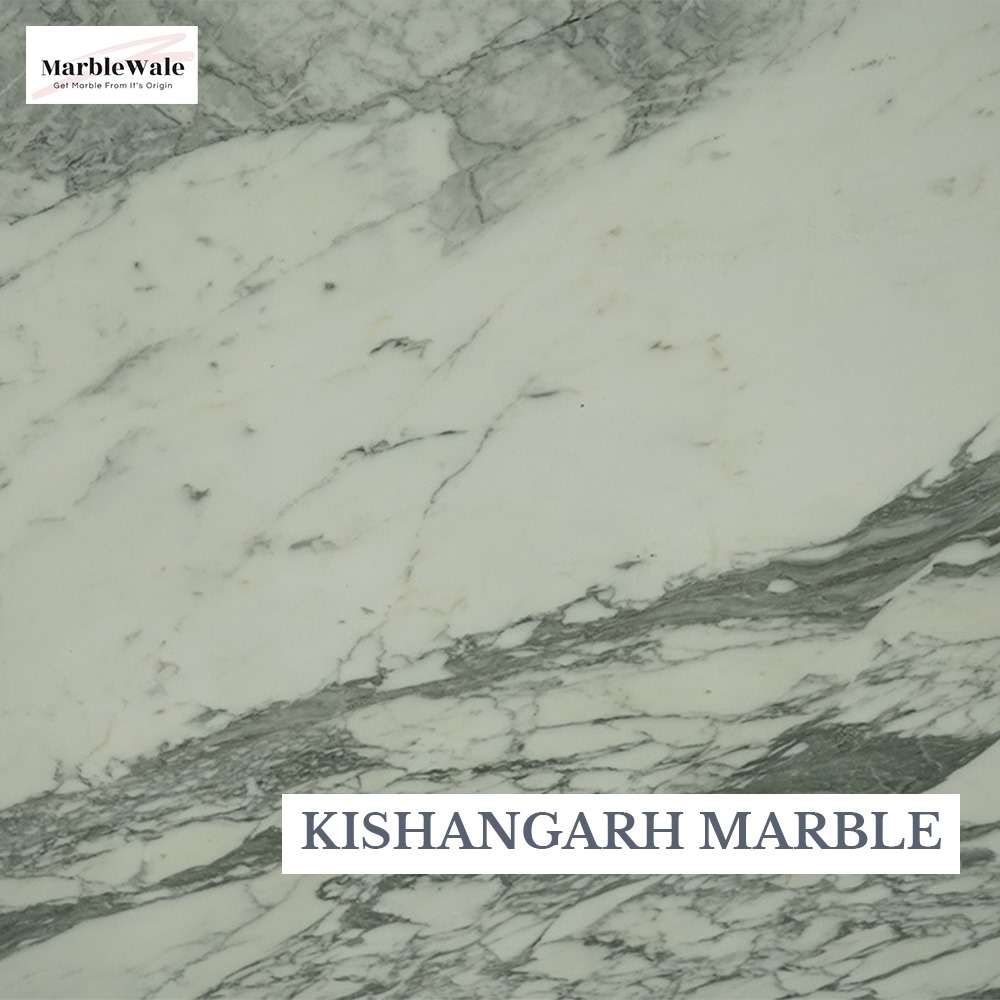
Kishangarh Marble, famous for its vibrant colors and intricate patterns, is highly esteemed in the international market. Its unique aesthetic appeal and versatility make it suitable for a wide range of applications, from countertops to decorative accents.
Export Destinations for Indian Marble
Indian marble enjoys widespread demand across the globe, with key export destinations including the United States, United Kingdom, Gulf countries, and the European Union. As the top marble exporter in India, we are proud to supply high-quality marble to these markets.
United States
The United States is one of the largest importers of Indian marble, driven by the growing demand for luxury construction materials and interior décor products.
United Kingdom
In the United Kingdom, Indian marble is favored for its classic elegance and timeless appeal, making it a popular choice for prestigious residential and commercial projects.
Gulf Countries
The Gulf countries, with their affinity for opulence and luxury, have a high demand for Indian marble. Projects in places like the UAE, Saudi Arabia, and Qatar often feature Indian marble in their construction and interior design due to its high quality and aesthetic appeal.
European Union
The European Union is another significant market for Indian marble. Countries like Italy, Spain, and Germany import large quantities of Indian marble, appreciating its durability and beautiful finish for both contemporary and classical architectural projects.
Challenges Faced by Indian Marble Exporters
Despite its successes, the Indian marble export industry faces several challenges that must be addressed to maintain its competitive edge.
Competition from Other Countries
Countries like Italy, Turkey, and China are also major players in the global marble market. These countries offer strong competition in terms of both quality and pricing, which can impact India’s market share.
Environmental Concerns
Marble mining and processing have significant environmental impacts, including deforestation, soil erosion, and water pollution. Increasing environmental regulations and the need for sustainable practices pose challenges for the industry.
Infrastructure Issues
Although India has made significant strides in improving infrastructure, there are still areas that need attention. Efficient transportation networks, better processing facilities, and improved logistics are essential for the seamless export of marble.
Strategies for Enhancing Marble Exports from India
To overcome challenges and boost marble exports, Indian companies and the government can implement several strategies.
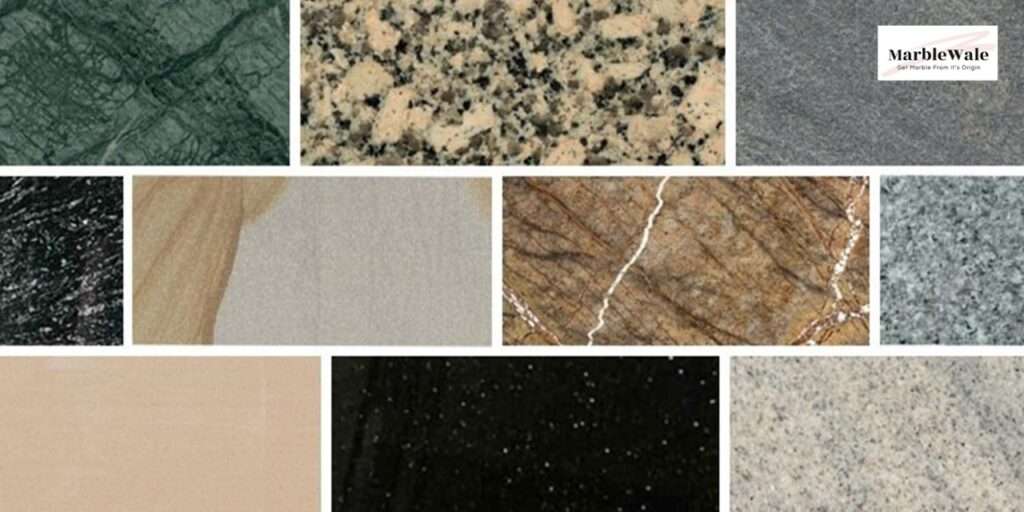
Quality Control Measures
Ensuring consistent quality through stringent quality control measures is crucial. Adopting international standards and certifications can help build trust with overseas buyers and enhance the reputation of Indian marble.
Innovation in Product Design
Innovation in product design and customization can set Indian marble apart in the global market. Offering unique designs, finishes, and applications can cater to diverse customer preferences and trends.
Market Diversification
Expanding into new markets and reducing dependency on a few key regions can mitigate risks. Exploring emerging markets in Asia, Africa, and Latin America can provide new growth opportunities.
Future Outlook for Indian Marble Export Industry
The future of India’s marble export industry looks promising, with several emerging trends and growth opportunities on the horizon.
Emerging Trends
Trends such as eco-friendly mining practices, digital marketing, and e-commerce platforms are gaining traction. Adopting these trends can enhance efficiency and market reach.
Potential Growth Opportunities
The rise in global construction activities, particularly in emerging economies, presents significant growth opportunities. Expect the demand for Indian marble to rise in the future as it meets the need for luxury interiors and sustainable building materials.
Sustainability Initiatives
Focusing on sustainability initiatives, such as green mining techniques, waste management, and eco-friendly processing, can help address environmental concerns and attract environmentally conscious buyers.
Conclusion
Top India’s marble export industry shows the country’s rich natural resources, skilled craftsmanship, and smart market positioning. Even with challenges, the industry has great potential for growth. By using new strategies, keeping high-quality standards, and embracing sustainability, India can continue to thrive as the top marble exporter in India in the global market. With ongoing innovation and commitment to excellence, India’s marble industry will meet future demands, ensuring a strong presence in the global market for years to come.
FAQs
1: What makes Indian marble unique?
Indian marble is unique due to its diverse range of colors, patterns, and textures. The presence of high-quality reserves and skilled artisans contributes to its exceptional aesthetic appeal and durability.
2: How does India compete with other marble-exporting countries?
India competes by offering high-quality marble at competitive prices, leveraging its rich heritage of craftsmanship, and adopting modern technologies and sustainable practices to enhance production efficiency and environmental compliance.
3: Are there any environmental concerns associated with marble mining in India?
Yes, marble mining can lead to deforestation, soil erosion, and water pollution. However, increasing awareness and regulatory measures are encouraging the adoption of more sustainable mining practices to mitigate these impacts.
4: What government support is available for marble exporters in India?
The Indian government provides various forms of support, including export incentives, infrastructure development, and skill enhancement programs. Policies aimed at boosting the mining sector and export activities also benefit marble exporters.
5: How can I identify high-quality Indian marble for export purposes?
High-quality Indian marble is identified by its uniform color, minimal veins, and fine texture. Certifications and quality standards from recognized bodies can also help verify the quality of marble for export.



